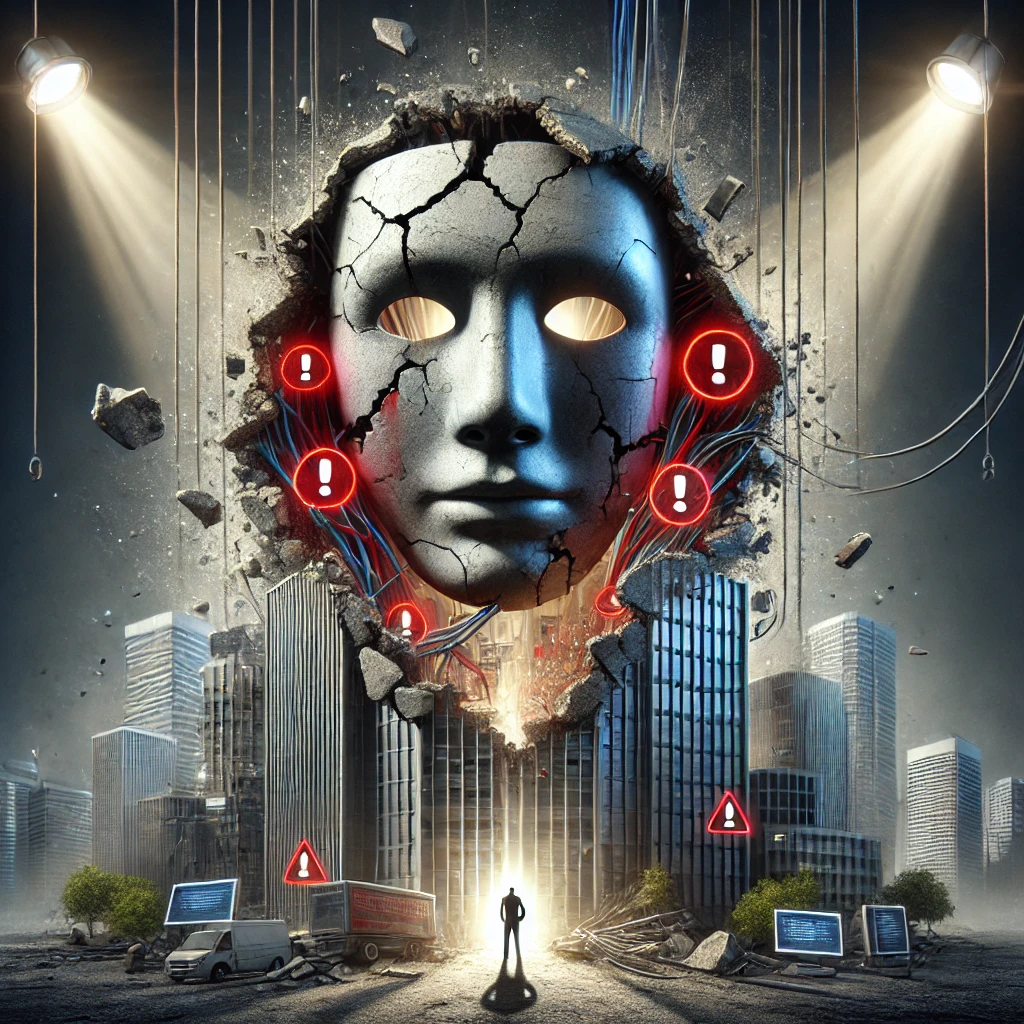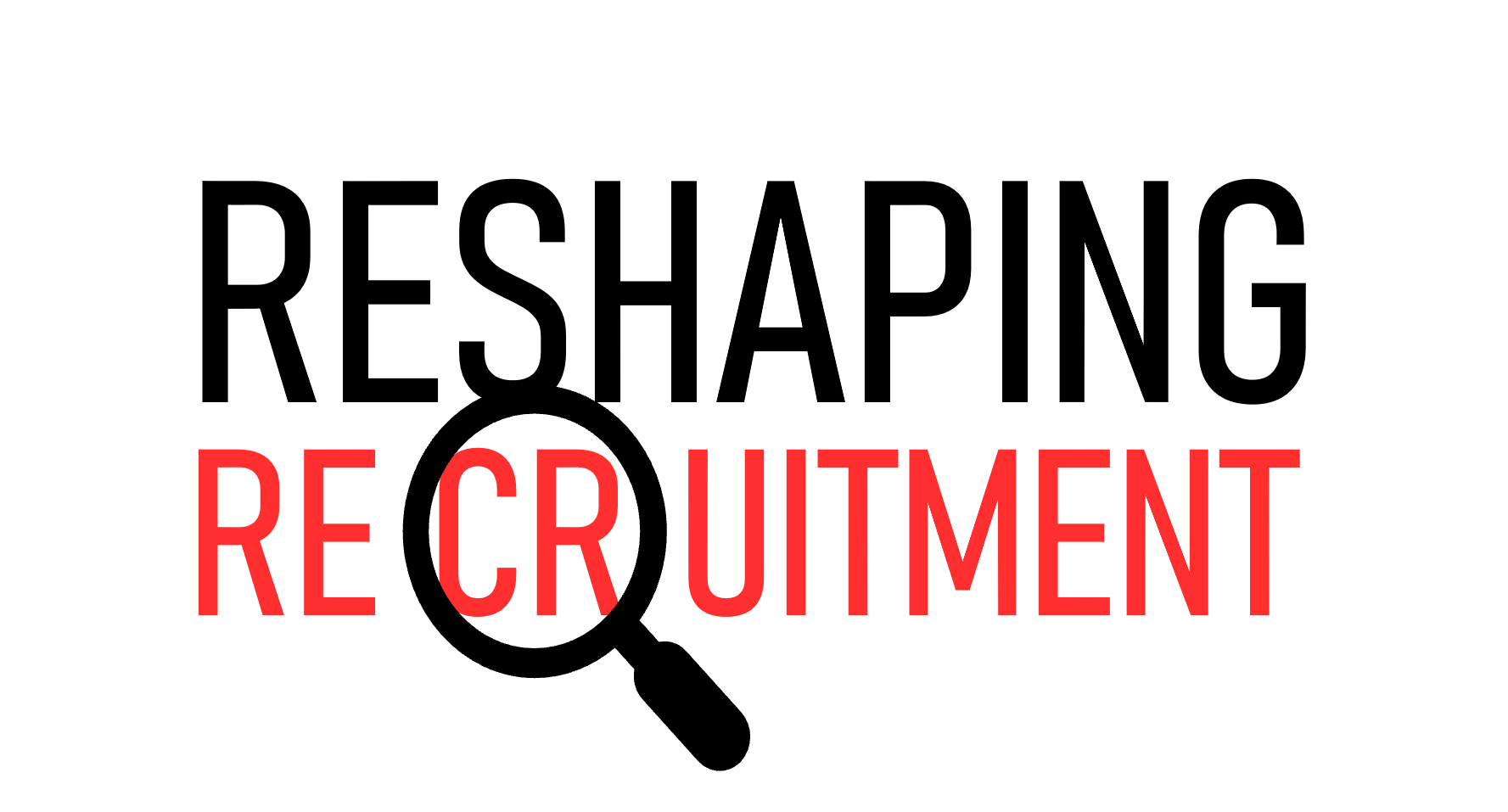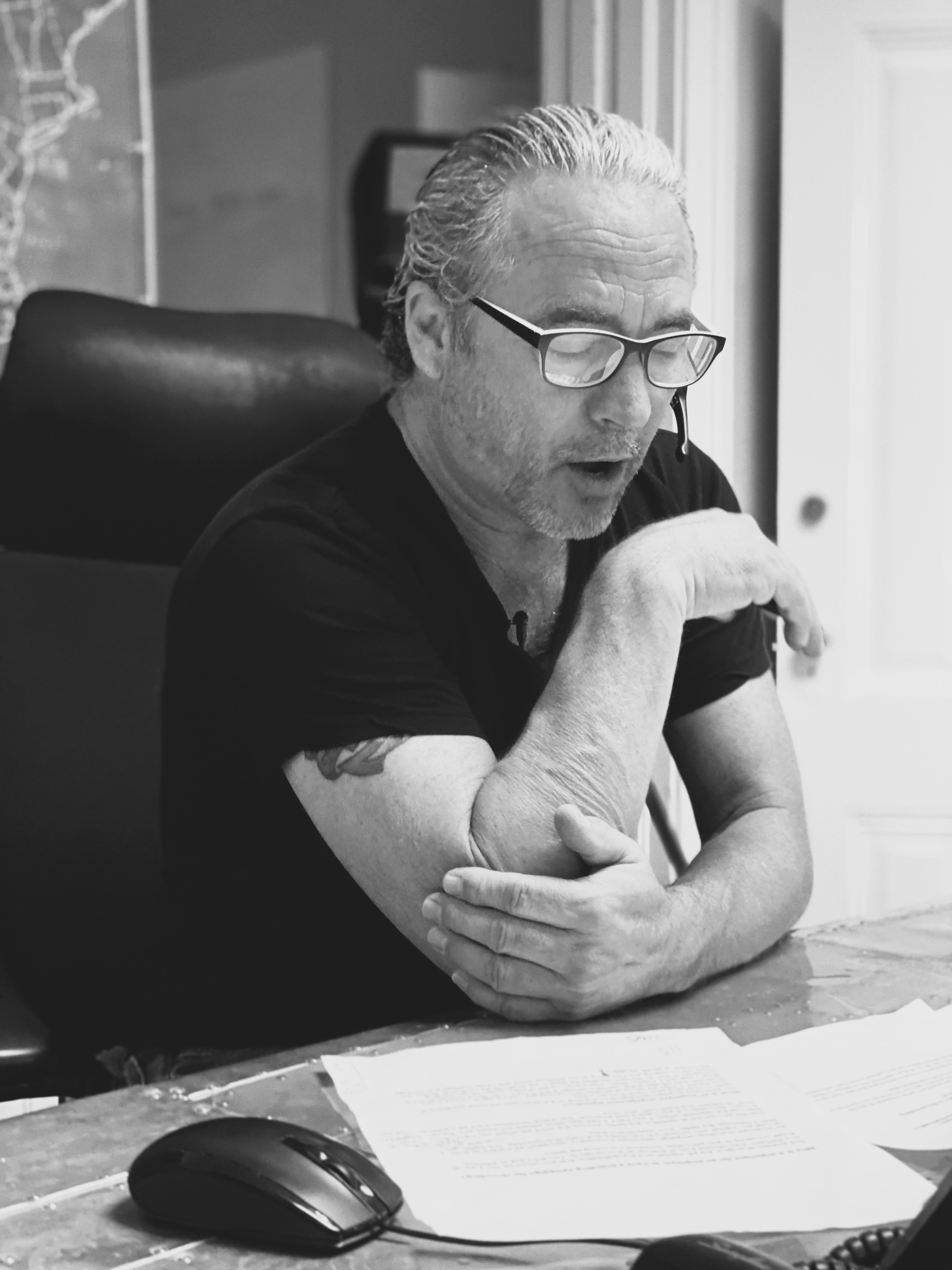
AI Made My Recruiters Superhuman Overnight
AI Made My Recruiters Superhuman Overnight
I still remember the day I watched my first AI recruitment tool scan through 500 resumes in under three minutes. The same task would have taken my best recruiter an entire day. For a moment, I thought technology might replace my team entirely. I was wrong.
What I discovered instead transformed my understanding of AI in business. It wasn't about replacing humans—it was about creating something far more powerful: a Hybrid AI Workforce that combines technological efficiency with irreplaceable human insight.
After five years leading AI recruitment strategies and implementing these systems in companies across transportation, logistics, and various SMEs, I've learned that the most powerful approach isn't artificial intelligence or human intelligence working separately—it's the two working together.
When AI Got It All Wrong
Early in my AI implementation journey, we faced a painful lesson. Our transportation client had invested heavily in an AI screening system that promised to identify the perfect driver candidates based on resume data. The system was lightning-fast, scanning thousands of applications and ranking candidates with impressive efficiency.
But something was missing.
Six months in, driver retention had plummeted. Exit interviews revealed a disturbing pattern: while candidates had the right technical qualifications, they lacked cultural alignment and commitment to safety that couldn't be detected from resume keywords alone.
The AI had optimized for the wrong signals. It couldn't read between the lines or sense when a candidate's experience didn't quite match their claims. It couldn't detect nuance.
The Birth of the Hybrid Approach
This failure led me to develop what I now call the Hybrid AI Workforce—a system that capitalizes on the strengths of both artificial intelligence and human judgment.
In practical terms, here's what changed: We restructured the recruitment funnel completely. AI handled initial screening, data organization, and communication automation. But we integrated human touchpoints at critical decision stages where intuition, emotional intelligence, and experience added irreplaceable value.
The results were immediate and dramatic.
Time-to-hire decreased by 41% because AI handled administrative tasks. Quality-of-hire improved by 35% because humans made the final candidate selections with AI-enhanced insights. Driver retention increased by 28% within the first year because the combined approach identified candidates who were both technically qualified and culturally aligned.
My recruiters weren't replaced—they were elevated. They became superhuman versions of themselves, freed from mundane tasks and equipped with AI insights that amplified their natural abilities.
Three Lessons That Changed Everything
Through implementing this approach across dozens of companies, I've identified three critical lessons for successfully balancing AI efficiency with human insight:
First, start by identifying what humans do best. In recruitment, it's assessing cultural fit, recognizing potential beyond credentials, building rapport, and negotiating complex situations. These are your "human touchpoints" that should never be fully automated.
Second, use AI to eliminate administrative burdens. Our data shows recruiters typically spend 60% of their time on tasks that add little value—screening unqualified candidates, scheduling, data entry, and basic communication. These are perfect for AI recruitment automation.
Third, create seamless handoffs between AI and humans. The magic happens when your system knows exactly when to transition from technology to human touch. We developed specific trigger points where candidate interactions automatically move from automated to personal engagement.
The Recruitment Engine That Changed The Game
Our most successful implementation came in the form of what we call an "Automated Recruitment Funnel"—a system with four simultaneous components:
We built workflow automation that simplified even the most complex tasks, effectively giving every team member the capabilities of your top performer.
We created omni-channel communication that maintained personalized candidate engagement while reducing manual effort by 70%.
We implemented an accountability co-pilot that ensured no candidate was forgotten, with automatic escalation when response times exceeded targets.
And we established analytical tracking that measured conversion at every funnel stage, allowing continuous optimization based on real data.
The results transformed recruitment from an unpredictable art into a reliable science—without losing the human element that candidates crave.
The Future Is Human + Machine
After witnessing the transformation across multiple industries, I'm convinced the future of business success lies not in AI alone, but in creating systems where humans and machines each do what they do best.
I've seen this approach help small companies compete with industry giants by making their teams exponentially more productive. I've watched mid-sized businesses reduce costs while improving outcomes. And I've helped large enterprises break through performance plateaus they thought were insurmountable.
The key insight? AI isn't a replacement technology—it's an enhancement technology. When properly integrated with human expertise, it creates capabilities that neither could achieve alone.
The businesses that understand this fundamental truth will thrive in the coming decade. Those that chase full automation at the expense of human insight—or resist technology in favor of traditional methods—will find themselves increasingly unable to compete.
Your next step? Evaluate your current processes to identify where administrative burden is highest and where human judgment adds the most value. That's where your Hybrid AI Workforce journey begins—and where your team's superhuman potential waits to be unleashed.

